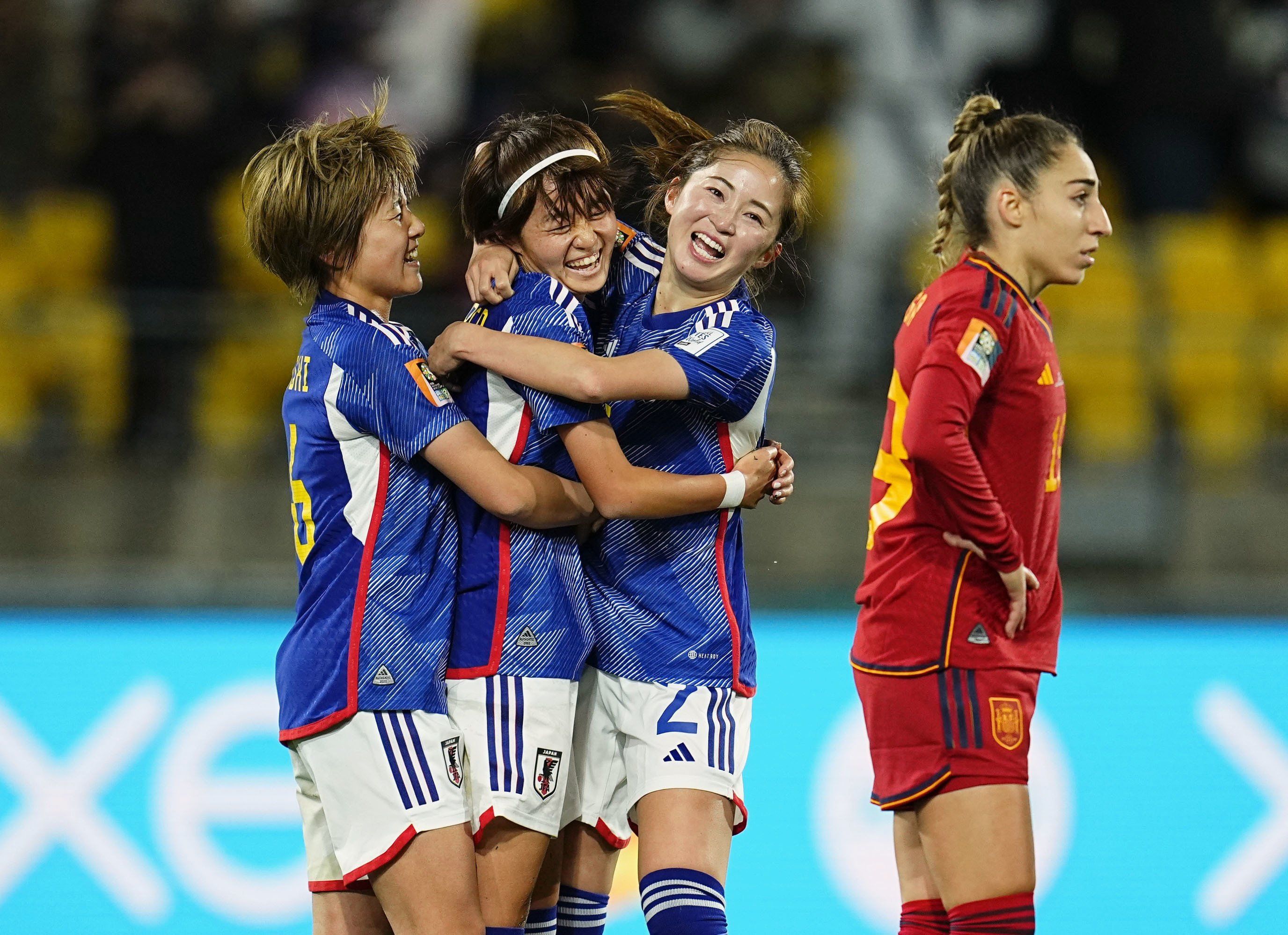Fresh out of Barnard College with a degree in political science, Riley is a writer and reporter for GZERO. When she isn’t writing about global politics, you can find her making GZERO’s crossword puzzles, conducting research on American politics, or persisting in her lifelong quest to learn French. Riley spends her time outside of work grilling, dancing, and wearing many hats (both literally and figuratively).
Four years ago, FIFA expanded the Women’s World Cup from 24 to 32 teams, putting it on par with the men’s tournament. And as this year's tournament enters the knockout round of 16, it's clear that the move to capitalize on women’s soccer’s momentum is paying off.
When the World Cup kicked off in Australia and New Zealand, the US was expected to come home with its third consecutive title. But the wider playing field has amped up the competition, forcing established teams like the US to work harder while giving new teams a decent chance of winning it all.
This World Cup has “defied most people’s expectations both in terms of quality of play and, significantly, that there is no longer a yawning gap between the best countries in the world and everyone else,” says Dr. Lindsay Krasnoff, professor of sports diplomacy and author of “Basketball Empire: France and the Making of a Global NBA and WNBA.”
Almost all of the games have been close, with no shortage of nail-biters and upsets for the record-setting 6.43 million people who tuned in to watch the first stage of the tournament.
The defending US champs barely squeaked through to the knockout round after tying 0-0 with Portugal, and Colombia narrowly defeated Germany in the final minute. Meanwhile, the Philippines – one of eight teams making their World Cup debut this year – beat New Zealand on its own soil.
The expansion of the Women’s World Cup has given teams that otherwise wouldn’t have qualified global exposure. For Krasnoff, this is even more important than winning.
“Even though Vietnam or the Philippines are going home after the first round, they’ve not only put on a show and scored on the world stage, but their success will stimulate interest back home and break some of the stereotypes and barriers that still exist.”
Will it lead to pay parity? In 2019, players at the Women’s World Cup got less than eight cents per dollar earned by men at their tournament. This year, that’s up to 25 cents on the dollar.
Krasnoff expects record viewership this year to translate into even more girls and women wanting to play soccer globally and higher ticker sales, which will generate even more excitement – and hopefully higher pay for players – in 2027’s tourney.






